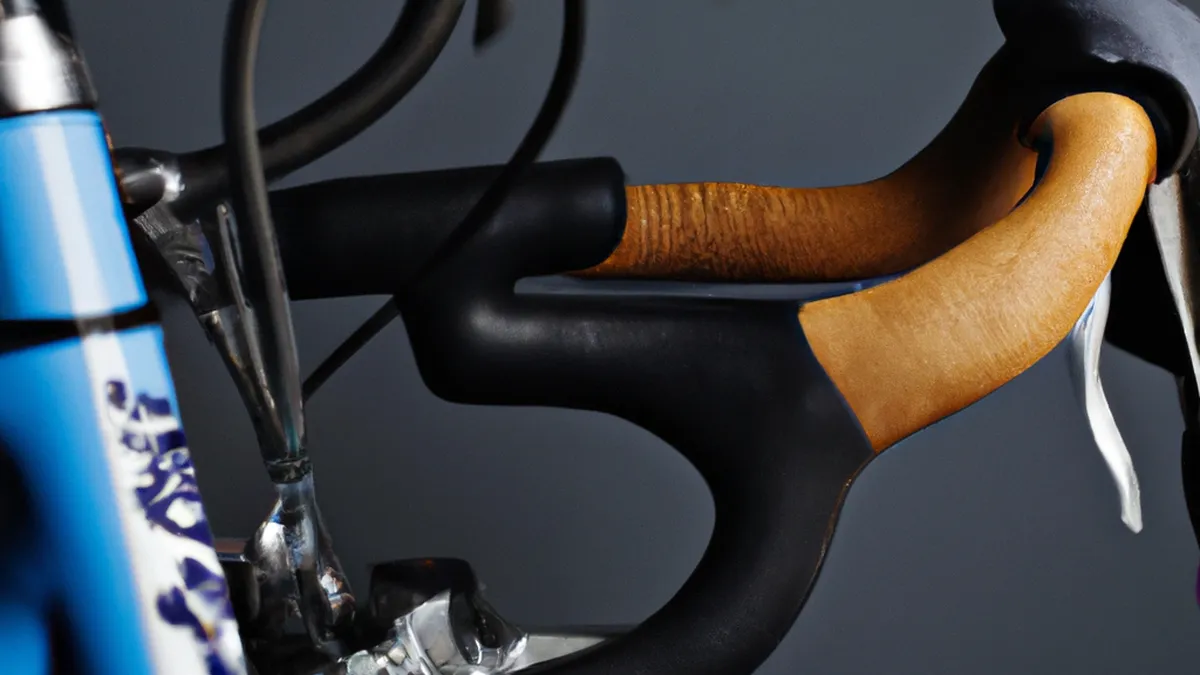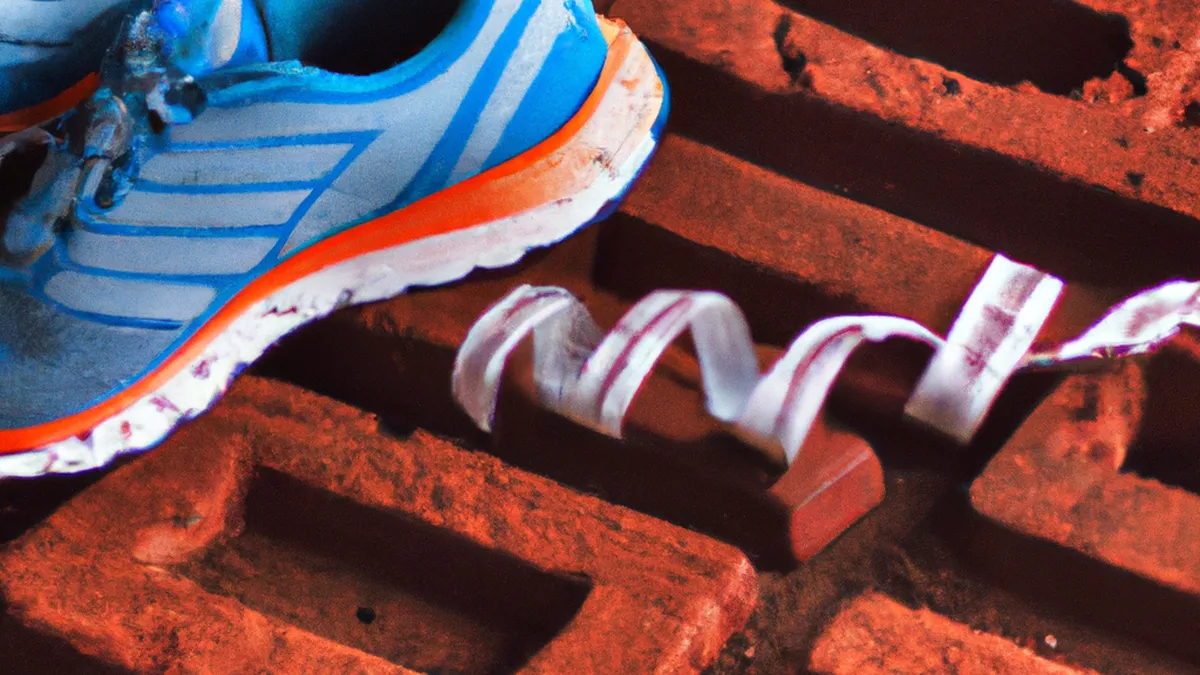Fine-Tune Your Cycling Stroke Mechanics (Zone 2)
Pedal Stroke Optimization TechniquesCycling involves technique, efficiency, and power. A smooth pedal stroke significantly improves performance. This blog post explores techniques to optimize your pedal stroke. You will learn tips, advice, and the benefits of refining this essential skill.
Understanding the Pedal Stroke
A pedal stroke has four key phases: downstroke, bottom dead center, upstroke, and top dead center. Each phase requires different muscle engagement. Understanding these phases is crucial for optimization.1. **Downstroke**: Push down on the pedals. Engage your quadriceps and glutes.2. **Bottom Dead Center**: The pedals align horizontally. Transition smoothly to the upstroke.3. **Upstroke**: Pull up on the pedals. Activate your hamstrings and hip flexors.4. **Top Dead Center**: The pedals reach their highest point. Transition back to the downstroke.
Tips for Optimizing Your Pedal Stroke
As an Amazon Associate I earn from qualifying purchases.
Gear tip: consider bike helmet, cycling shoes, and anti-chafe balm to support this topic.
1. Focus on Cadence
Cadence measures pedal revolutions per minute (RPM). A higher cadence enhances efficiency. Aim for 80-100 RPM for optimal performance.Use a cadence sensor or bike computer during rides. Monitor your RPM and gradually increase it over time. This practice improves your overall cycling efficiency.
2. Incorporate Clipless Pedals
Clipless pedals engage both the downstroke and upstroke. This engagement provides a more powerful stroke. Additionally, clipless pedals prevent foot slippage.If you haven’t switched, consider making the change. Practice getting in and out of the clips at home. You will feel more comfortable and confident over time.
3. Practice One-Legged Drills
One-legged drills isolate and strengthen each leg. Use a stationary trainer, removing one foot from the pedal while using the other. Focus on maintaining a smooth stroke. Eliminate any dead spots in your pedal stroke. Switch legs after a few minutes. This practice balances strength and improves efficiency.
4. Maintain Proper Bike Fit
A proper bike fit optimizes your pedal stroke. A poorly fitted bike leads to inefficient pedaling. Ensure your saddle height and position are correct.A professional bike fitting identifies issues. This adjustment enhances comfort and reduces fatigue. Consequently, you will pedal more efficiently.
Advice for Continuous Improvement
1. Analyze Your Pedal Stroke
Use a power meter or cycling app to analyze your stroke. These tools provide valuable performance data. Identify areas for improvement, like dead spots or inefficient movements.Consider recording your pedal stroke. Watching videos helps you identify weaknesses. This self-analysis is vital for your growth as a cyclist.
2. Engage in Strength Training
Incorporate strength training into your routine to enhance your pedal stroke. Focus on exercises targeting your legs and core. Squats, lunges, and leg presses are excellent choices.Strengthening these muscles improves your power output. Consequently, you will notice increased efficiency during rides.
3. Stay Consistent
Consistency optimizes your pedal stroke. Create a plan that includes regular practice. Set aside time for drills, strength training, and analysis.The more you practice, the more comfortable you become. Consistent effort yields lasting improvements in cycling performance.
Benefits of Optimizing Your Pedal Stroke
Improving your pedal stroke has numerous benefits. First, you increase your power output, allowing faster rides over longer distances.Second, a smoother pedal stroke reduces fatigue. You will enjoy your rides more. Third, optimizing your pedal stroke prevents injuries. Proper technique alleviates joint stress.Overall, a refined pedal stroke enhances your cycling experience. You will feel more confident and capable on the bike.
Conclusion
Optimizing your pedal stroke is essential for improving cycling performance. Focus on cadence, incorporate clipless pedals, and practice one-legged drills to enhance efficiency. Maintain a proper bike fit and engage in strength training to support progress. Stay consistent and analyze your technique regularly. The benefits of optimizing your pedal stroke are significant. You’ll ride faster, longer, and with more enjoyment. Start applying these techniques today, and watch your cycling performance soar.
Below are related products based on this post:
FAQ
What are the key phases of a pedal stroke?
A pedal stroke consists of four key phases: downstroke, bottom dead center, upstroke, and top dead center. Each phase engages different muscle groups, which is essential for optimizing performance. Understanding these phases allows cyclists to refine their technique effectively.
How can I improve my cycling cadence?
To improve your cycling cadence, aim for a target of 80-100 revolutions per minute (RPM). Using a cadence sensor or bike computer can help monitor your RPM during rides. Gradually increasing your cadence over time will enhance your overall cycling efficiency.
Why is a proper bike fit important?
A proper bike fit is crucial for optimizing your pedal stroke and overall cycling performance. A poorly fitted bike can lead to inefficient pedaling and increased fatigue. Ensuring correct saddle height and position enhances comfort and allows for more effective power transfer while cycling.















Post Comment